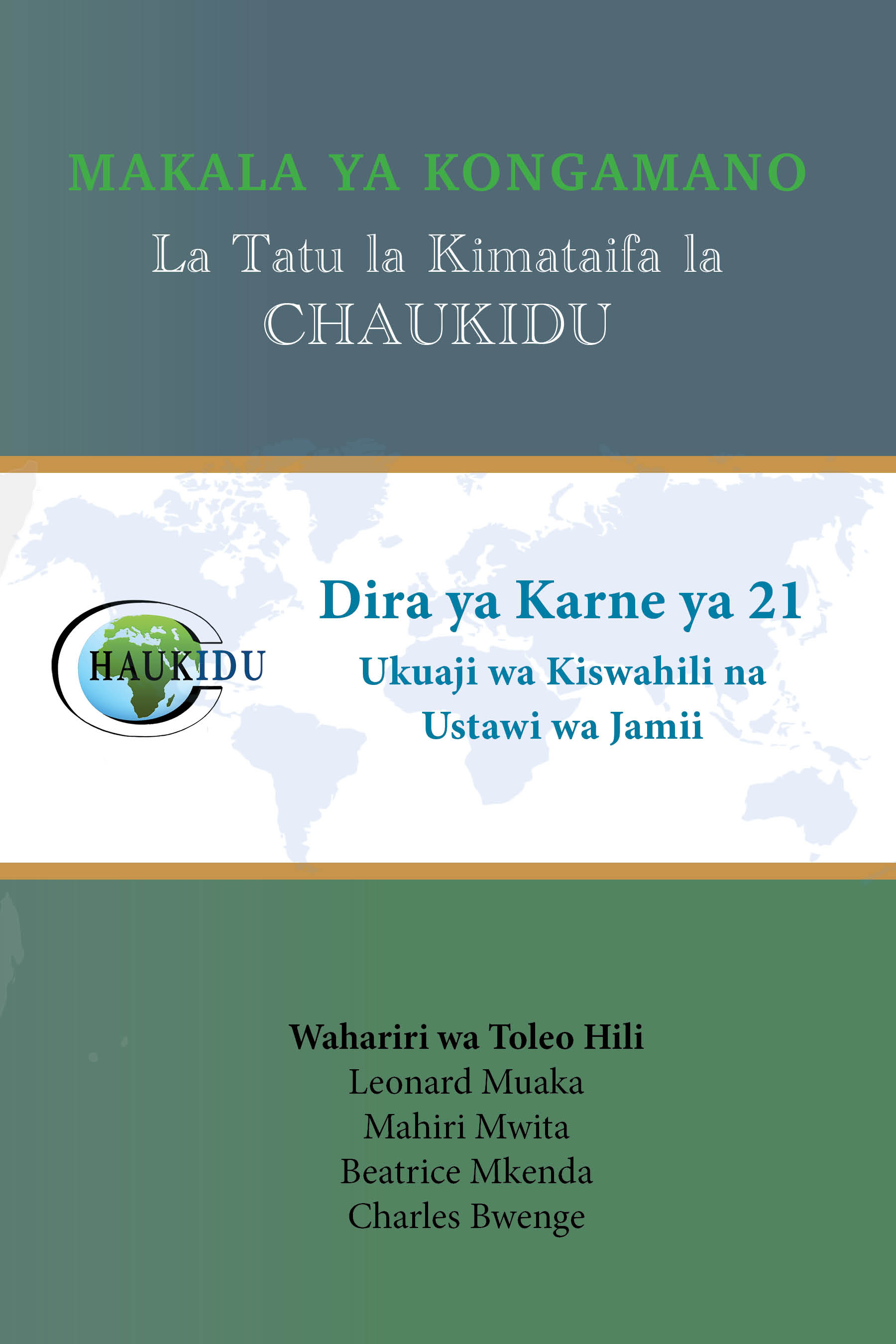UCHANGANUZI WA MWINGILIANO WA MANENO KATIKA MAZUNGUMZO KWA KISWAHILI MIONGONI MWA WANAFUNZI WA SHULE YA UPILI UGANDA
DOI:
https://doi.org/10.2023/ayp4tf42Abstract
Lugha huingiliana na kuathiriana zaidi zinapotumiwa katika mazungumzo katika eneo mahususi la kijiografia. Mwingiliano wa lugha hujitokea katika viwango anuwai vya kiisimu mojawapo ikiwa mwingiliano wa maneno kati ya L1 na L2. Makala haya yameshughulikia matokeo ya utafiti kuhusu uchanganuzi wa mwingiliano wa maneno katika mazungumzo kwa Kiswahili kati ya lugha ya Kigisu na Kiswahili nchini Uganda. Utafiti huu ulitokana na tafiti za hapo awali zinazoripoti kwamba lugha ya kwanza huathiri umilisi wa lugha ya pili katika nyanja mbalimbali za kiisimu. Kwa hiyo, makala haya yanaripoti kuhusu matokeo ya matumizi ya maneno ya vitenzi na nomino miongoni mwa wanafunzi wanaojifunza na kuzungumza Kiswahili kama lugha ya pili ili kubainisha jinsi lugha ya Kigisu inavyoathiri lugha ya mazungumzo kwa Kiswahili miongoni mwa wanafunzi wa shule za upili kama lugha ya pili. Nadharia za Mwingiliano Lugha ya Selinker (1972), na Uchanganuzi Makosa kama inavyoelezwa na Lennon (2008) zilitumika kubainisha athari za mwingiliano wa maneno kati ya L1 na L2. Data ilikusanywa kutoka kwa wanafunzi 78 wa kidato cha tatu miongoni mwa wanafunzi wa shule nne za upili wanaoongea Kigisu kama L1 na ambao ni wanafunzi wa lugha ya Kiswahili. Matokea ya utafiti yanadhihirisha ujumuishaji wa nomino na vitenzi katika mazungumzo kwa Kiswahili, uhamishaji wa nomino na vitenzi kutoka L1 kwa L2 na ubadilishanaji wa nomino na vitenzi vya Kiswahili na vile vya Kigisu katika mazungumzo.
Downloads
Published
Issue
Section
License
Copyright (c) 2025 JARIDA LA CHAUKIDU

This work is licensed under a Creative Commons Attribution-NonCommercial 4.0 International License.
License Terms Under CC Attribution-NonCommercial 4.0 (CC BY-NC 4.0)
1. Scope of Use
- Readers who purchase access to the journal articles are permitted to:
- Read: Access and view the content for personal use.
- Share: Share the purchased article in limited, non-commercial ways (e.g., with colleagues for educational or research purposes).
- Adapt: Create derivative works (e.g., summaries or adaptations) for non-commercial purposes.
2. Conditions of Use
- Attribution:
- Proper credit must be given to the author(s) and the journal when sharing or adapting content.
- Attribution must include the author(s)’ names, the article title, journal name, volume/issue, and a link to the journal or article DOI.
- Changes made to the work must be clearly indicated and properly attributed.
- NonCommercial:
- Articles may not be used for commercial purposes, including but not limited to resale, redistribution for financial gain, or inclusion in commercial products or services.
- Institutional use (e.g., for training or workshops) must comply with non-commercial terms unless explicit permission is granted by the journal.
3. Access and Sharing Restrictions
- Paid Access: Access to the journal articles is limited to subscribers or individuals who purchase the articles. Unauthorized distribution or sharing of the full article is prohibited.
- No Additional Restrictions: Readers may not apply further legal or technical restrictions that limit others from using the content as allowed by this license.
4. Prohibited Uses
- Articles may not be:
- Distributed on commercial platforms without explicit permission.
- Used in any activity that generates direct or indirect monetary profit (e.g., as part of paid courses or events) without prior approval from the journal.
- Modified for purposes that could misrepresent the original intent of the work.
5. Disclaimer
- The content is provided “as is,” without any guarantees or warranties from the authors or the journal.
- Neither the authors nor the journal accept liability for any claims, damages, or issues arising from the use of the article.
6. Additional Notes
- For Readers: Purchased content is for personal, educational, or research use only, subject to the non-commercial and attribution conditions.
- For Institutions: Institutions purchasing bulk access or subscriptions must ensure that access is limited to registered users and complies with non-commercial use conditions.
For the full legal text of the CC BY-NC 4.0 license, visit:
https://creativecommons.org/licenses/by-nc/4.0/legalcode

